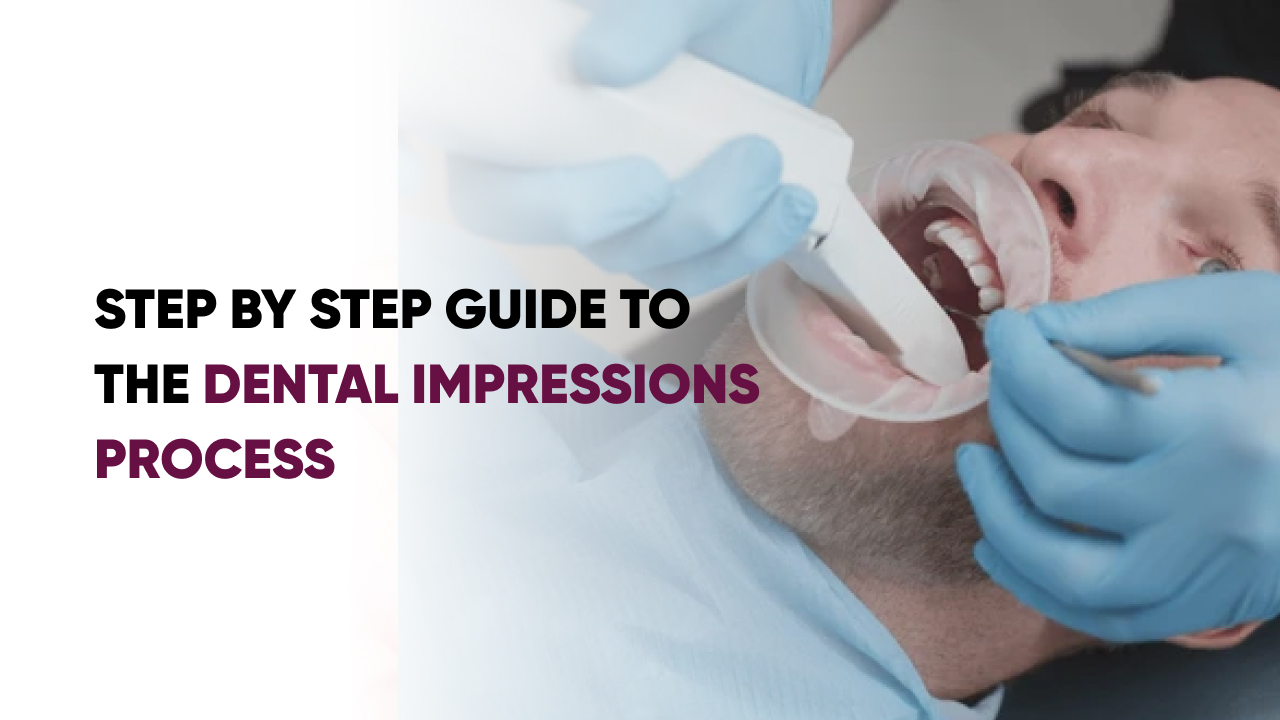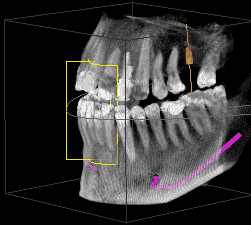
Impressions Made Easy
A Step-by-Step Guide!
“Podcast on this blog is Available Now!” →
Step by Step Guide to The Dental Impressions Process
What Are Dental Impressions?
Dental impressions are specialized molds created to obtain precise negative replicas of a patient’s dental structures. These impressions capture detailed records of teeth, gums, and bite alignment using dental-grade impression materials. The resulting molds serve as critical diagnostic tools and templates for fabricating custom dental appliances.
When creating dental impressions, the impression material is applied to dental trays and positioned in the patient’s mouth. Upon setting, this material records micro details of dental anatomy, including tooth surfaces, gum contours, and bites. This level of precision is essential for designing and manufacturing properly fitted dental prosthetics, orthodontic appliances, and restorative solutions.
Read More: Six Common Myths About Clear Aligners Work?
Traditional vs. Digital Impressions
Modern dental practices have upgraded to digital technologies, however some still follow traditional techniques. Let’s explore how these two approaches compare;
Traditional Impression Technique
Traditional impression techniques involve a carefully designed process that begins with meticulous preparation. Your dentist will start by thoroughly cleaning and drying your teeth, ensuring a pristine surface for capturing the impression. Next, they carefully mix a specialized dental impression material. Once prepared, this material is strategically placed into a custom-sized dental tray specifically designed to match the contours of your mouth.
The dentist will then gently position the tray, guiding you to bite down and hold the position. During the next few minutes, you’ll need to stay still while the material sets. It transforms from a soft, malleable substance into a rigid mold that captures every tiny detail of your teeth and gum line. It might feel a little uncomfortable for a moment, but staying still is essential to get an accurate representation of your dental anatomy.
Digital Impression Technologies
Digital impression technologies represent an improved technology in dental diagnostics, utilizing advanced intraoral scanners that revolutionize how dentists capture oral anatomy. These latest devices are truly impressive, capturing multiple detailed images every second with speed and accuracy. As the scanner moves methodically through your mouth, it quickly creates a comprehensive 3D digital model that provides an unprecedented level of detail. Unlike traditional impression methods, these digital technologies eliminate the need for messy physical materials.
They provide a clean, comfortable alternative, especially for patients who feel anxious about traditional dental molds. The magic happens instantly: the digital model appears on-screen right after scanning, letting dentists review your oral structures in real-time. This technological innovation doesn’t just improve accuracy; it speeds up the dental process, cuts appointment times, and enhances patient comfort.
Read More: How Long Do Aligners Take to Work?
The Step-by-Step Dental Impression Process
- Pre-Impression Preparation
- Cleaning and Separation
- Digital Scanning Preparation
- Taking the Impression
- Impression Verification
Managing Discomfort
While dental impressions are generally quick and minimally invasive, some patients might experience:
- Mild gagging sensation
- Temporary discomfort
- Slight jaw fatigue
Communicate openly with your dentist about any concerns. They can often provide techniques to make the process more comfortable, such as:
- Breathing techniques
- Using smaller trays
- Taking breaks as needed
Dental impressions play a key role in modern dental care, making precise and personalized treatments possible. Whether done with traditional techniques or advanced digital tools, they allow dentists to create solutions tailored to your unique dental needs.
By understanding how the process works, you can feel confident heading into your appointment, knowing that every step is designed with your comfort and the best results in mind.

